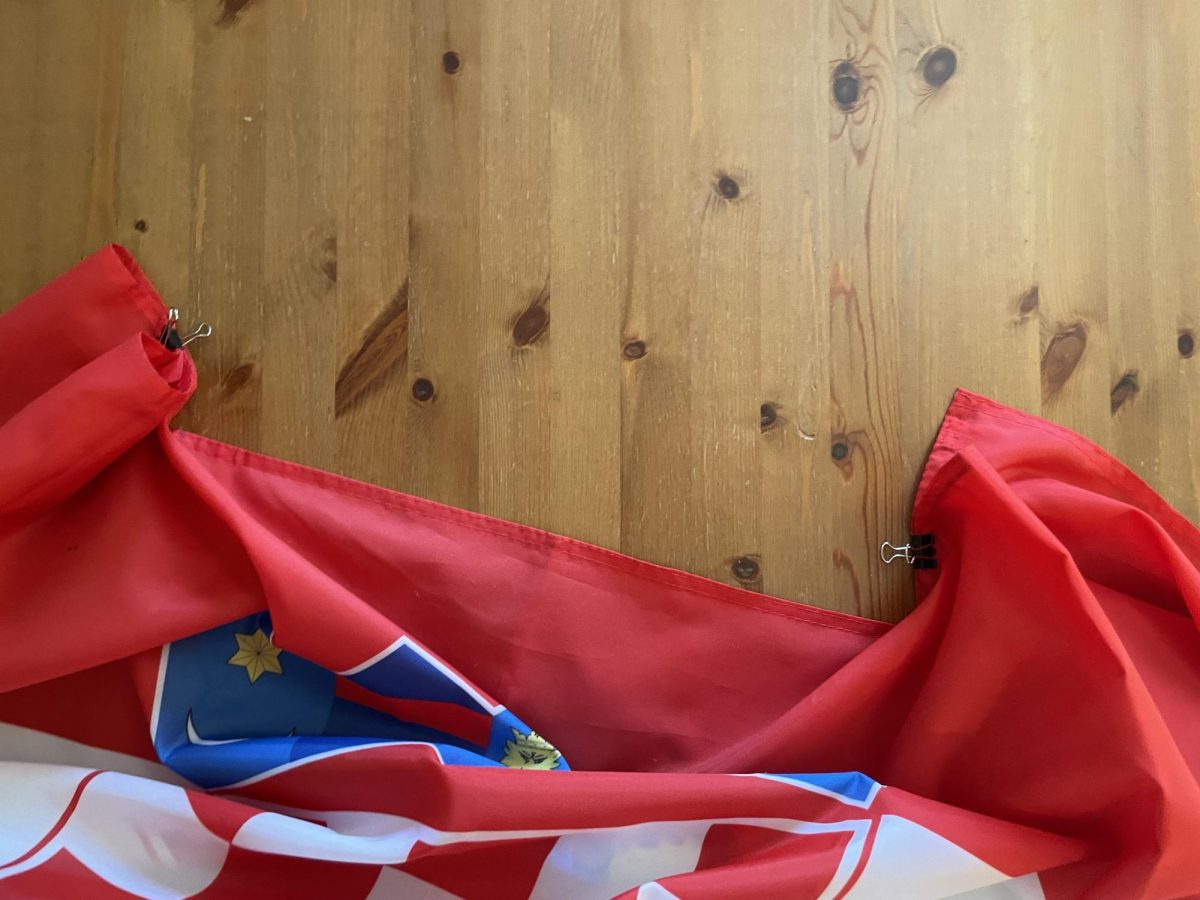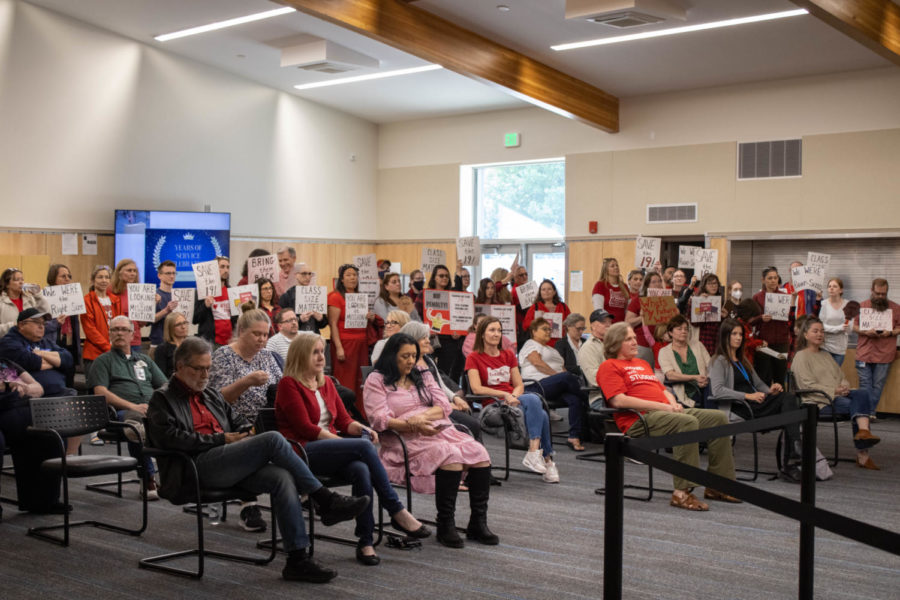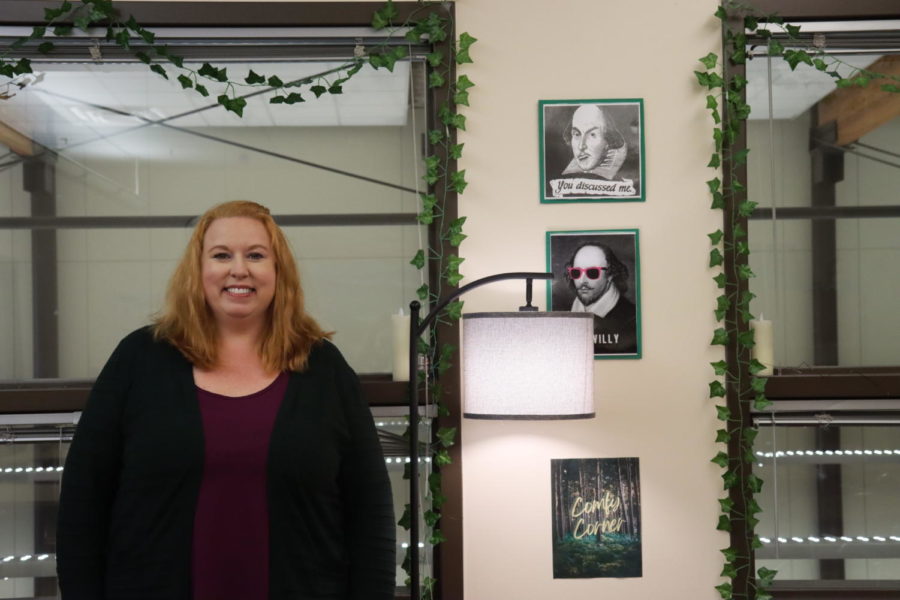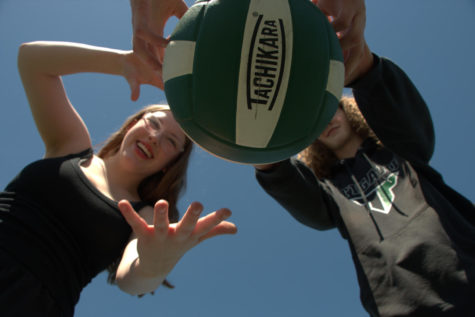Teachers push students to achieve maximum retention at THS
April 3, 2013
Flashcards, worksheets, lectures, and similar methods are being used in classrooms everywhere. The main way colleges teach is via lecture- but why? There are so many teaching styles around every school.
Less than 10 percent of students retain as much information as possible by learning from lectures. 10 percent retain information from reading, 20 percent from audiovisual exercises, 30 percent from demonstration, 50 percent from discussion, 75 percent from practicing doing what they are taught, and 90 percent of students retain most of the information they are taught after teaching peers what they have learned.
Many teachers mean many very different teaching styles, but it’s inevitable that a lecture will be given to almost every student who attends a decent range of courses. With test scores being what they are, are students learning and retaining as much as their potential will let them?
“If I were to say so, I would say no,” said Tim Hummel, Tigard High School health teacher.
“Most colleges do [lecture], and I don’t think it’s the best way, but because of numbers, it’s most efficient. When it comes to applying it, [students] are stuck,” said Hummel. “I try to use as many tools as I can to teach. A person’s view of a subject depends on how good the teacher is.”
What determines a good teacher from a bad teacher? It’s impossible to say. Some will tell you test scores, some will tell you that a good teacher listens to their students.
“Students need boundaries, guidelines to follow. Without those, chaos happens,” said Hummel.
“Lectures are the most efficient way to give information, it’s an ancient method of teaching,” said Michael Savage, Tigard High history teacher. “However if you just lecture, students will forget.”
Savage is known around Tigard for being a tough teacher, and for having a unique teaching style.
“There’s no doubt that being enthusiastic about the topic will help people learn. No doubt,” said Savage. “On the other hand, no matter how interested I am, there’s always going to be a kid who just isn’t interested. You’re never going to get 100 percent.”
“People slip through the cracks,” said Hummel.
While Hummel tries to use lectures as little as possible and Savage uses lectures on a regular basis, Catherine Thurber Brown, Tigard High Spanish teacher, takes a completely different path. Never using lectures, Thurber uses “WAVA” packets: writing, audio, visual activities.
“Language is such an abstract thing, it often helps if you have something to hang on to,” said Thurber.
Boundaries, teaching styles, and personality can all affect how a student absorbs material in class, but to retain as much information as possible, a student needs to take learning further than the classroom.
“You have to study the best way for you. Do I need to draw pictures, make flashcards, a model? That’s how you need to study,” said Hummel.
Although teaching styles vary, retention rates prove that students need to do more for themselves to fully absorb what they are being taught.









